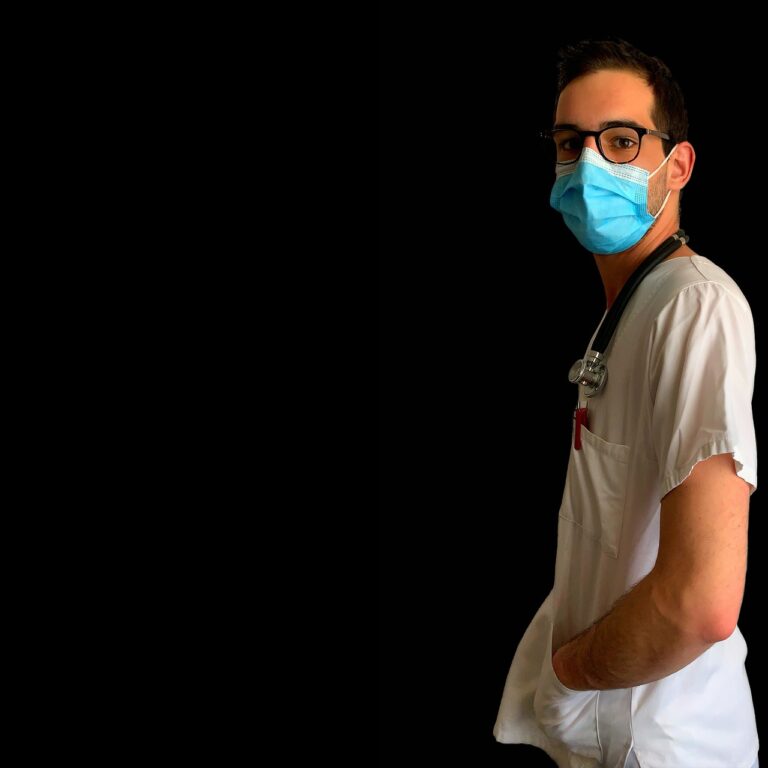Nursing Diagnosis For Jaundice
In this blog post, we explain four different Nursing Diagnosis For Jaundice. Jaundice, also known as icterus, is a medical condition characterized by the yellowing of the skin, mucous membranes, and the whites of the eyes. It occurs when there is an excess buildup of bilirubin in the body, a yellow pigment produced during the normal breakdown of red blood cells.
Bilirubin is formed when hemoglobin, the oxygen-carrying protein in red blood cells, is broken down in the liver. Normally, the liver processes bilirubin and excretes it in bile, a fluid produced by the liver and stored in the gallbladder. Bile is then released into the small intestine to aid in the digestion and absorption of fats.However, if there is an imbalance in the production, processing, or elimination of bilirubin, it can lead to jaundice. This can occur due to several reasons:
1. Excessive red blood cell breakdown: Conditions that cause increased destruction of red blood cells, such as hemolytic anemia, can lead to an excessive production of bilirubin, overwhelming the liver’s capacity to process it.
2. Impaired liver function: If the liver is damaged or not functioning properly, it may not be able to process bilirubin effectively. Liver diseases such as hepatitis, cirrhosis, or liver cancer can impair liver function and result in jaundice.
3. Obstruction of bile ducts: Blockage or narrowing of the bile ducts can interfere with the normal flow of bile from the liver to the small intestine. This can occur due to gallstones, tumors, or other conditions, leading to the accumulation of bilirubin in the bloodstream and subsequent jaundice.
check this: Nursing Care Plan For Acute Glomerulonephritis
4. Newborn jaundice: In newborns, jaundice is a common and usually harmless condition. It occurs due to the immature liver’s reduced ability to process bilirubin efficiently. Newborn jaundice often resolves on its own without treatment.
symptom of jaundice
The main symptom of jaundice is the yellow discoloration of the skin, eyes, and mucous membranes. Other associated symptoms may include dark urine, pale stools, fatigue, itching (pruritus), and abdominal pain. The management of jaundice depends on its underlying cause. Treatment may involve addressing the specific condition or disease causing the jaundice, such as medications for hepatitis or surgery to remove obstructions in the bile ducts. Supportive care, including rest, adequate hydration, and nutritional support, may also be provided to promote recovery.
Nursing Diagnosis For Jaundice
Nursing Diagnosis When considering nursing diagnoses for jaundice, it’s important to assess the specific needs and symptoms of the patient. Here are a few potential nursing diagnoses that could be relevant for a patient with jaundice:
1. Impaired skin integrity related to pruritus (itching) and increased susceptibility to skin breakdown. This nursing diagnosis addresses the risk of skin damage due to persistent itching and potentially compromised skin integrity. Nursing interventions may include promoting proper hygiene, providing education on gentle skin care, encouraging the use of moisturizers or anti-itch measures, and monitoring the skin for signs of breakdown.
2. Fatigue related to altered metabolism, decreased liver function, and anemia. Jaundice and underlying liver conditions can cause fatigue and decreased energy levels. Nursing interventions may include encouraging adequate rest periods, promoting a balanced diet to support energy levels, coordinating activities to conserve energy, and providing education on managing fatigue.
3. Deficient Knowledge related to the underlying cause, treatment options, and self-care measures for jaundice. – Many patients may have limited knowledge about jaundice and its management. The nursing diagnosis aims to educate the patient about the causes, treatment options, potential complications, and self-care measures. This includes providing information about the importance of follow-up appointments, medication compliance, lifestyle modifications, and when to seek medical assistance.
4. Risk for Imbalanced Nutrition: Less Than Body Requirements related to decreased appetite and dietary Restrictions. Jaundice can affect appetite and may require dietary modifications. The nursing focus is to ensure adequate nutrition intake by assessing the patient’s nutritional status, collaborating with a registered dietitian to develop an appropriate diet plan, providing education on dietary modifications, and monitoring the patient’s weight and nutritional intake.
5. Risk for Infection related to impaired liver function, invasive procedures, and decreased immune response. – Jaundice and liver dysfunction can increase the patient’s susceptibility to infections. Nursing interventions may include maintaining strict infection control measures, monitoring vital signs, providing education on proper hand hygiene, promoting immunizations as appropriate, and monitoring for signs of infection.
Nursing management of jaundice
The nursing management of jaundice includes: Monitoring bilirubin levels: This is done through blood tests. The doctor will determine how often the blood tests need to be done based on the severity of the jaundice.
Providing phototherapy: This is a treatment that uses light to break down bilirubin. It is often used for newborns with jaundice. The baby is placed in a special light box for several hours a day.
Providing fluids: This is important to help flush out bilirubin from the body. The nurse may encourage the patient to drink plenty of fluids or may give them intravenous fluids.
Read Also: Nursing Care Plan For Hypertension
Managing pain: Jaundice can cause pain in the abdomen. The nurse may give the patient pain medication to help relieve the pain.
Providing emotional support: Jaundice can be a scary experience for patients and their families. The nurse can provide emotional support and answer any questions that they may have.





